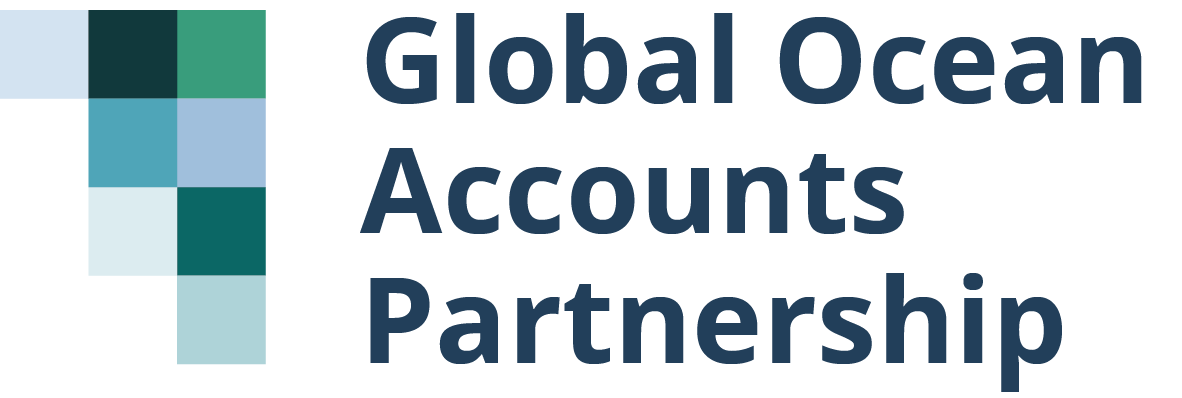Why are ocean accounts important?

Ocean accounts provide countries with the means to go Beyond GDP to measure and manage progress towards ocean sustainable development. They achieve this by:
- Enhancing the power of data by integrating multiple data sets from a range of sources to enable countries to monitor three critical trends:
- Changes in ocean wealth, including produced assets (e.g., ports) and non-produced assets (e.g., mangroves).
- Ocean-related income and welfare (e.g., income from fisheries for local communities).
- Ocean-based economic production (e.g., GDP from ocean-related sectors). - Creating a common information infrastructure (especially important because many ocean policy shortcomings arise from isolated information) to enable evidence-based decision-making on ocean governance matters including:
- Ocean policy development (e.g., Marine Spatial Planning) and the review of policy outcomes and their effectiveness.
- Assessing where (and where not) and how marine ecosystems perform better than conventional coastal infrastructure: e.g., when do mangroves or wetlands provide more benefits than concrete?
- Activating private sector financing in the ocean economy and ecosystem restoration projects by providing investors with comparable and regularly updated project data to monitor progress, impact, and benefit.
- Understanding how growth and employment are underpinned by specific ecosystem conditions and functions: Invest $X to restore ocean to condition Y = Z benefits. - Supporting the derivation of comparable, Beyond GDP indicators. If a common accounting structure is used, these indicators can be integrated, and international comparisons made.
- Providing the information and indicators needed for international reporting on the SDGs, the Paris Agreement, and other relevant commitments.
- Organising and presenting information in manner that decision-makers can easily understand (e.g., as dashboards, scenarios, spatial plans, and indicators).
